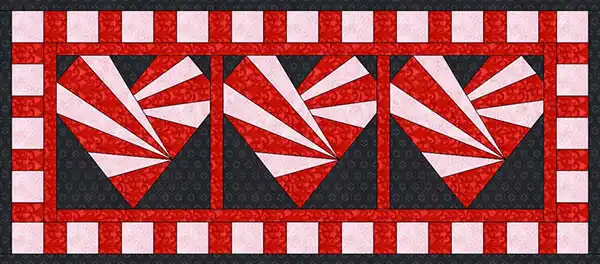
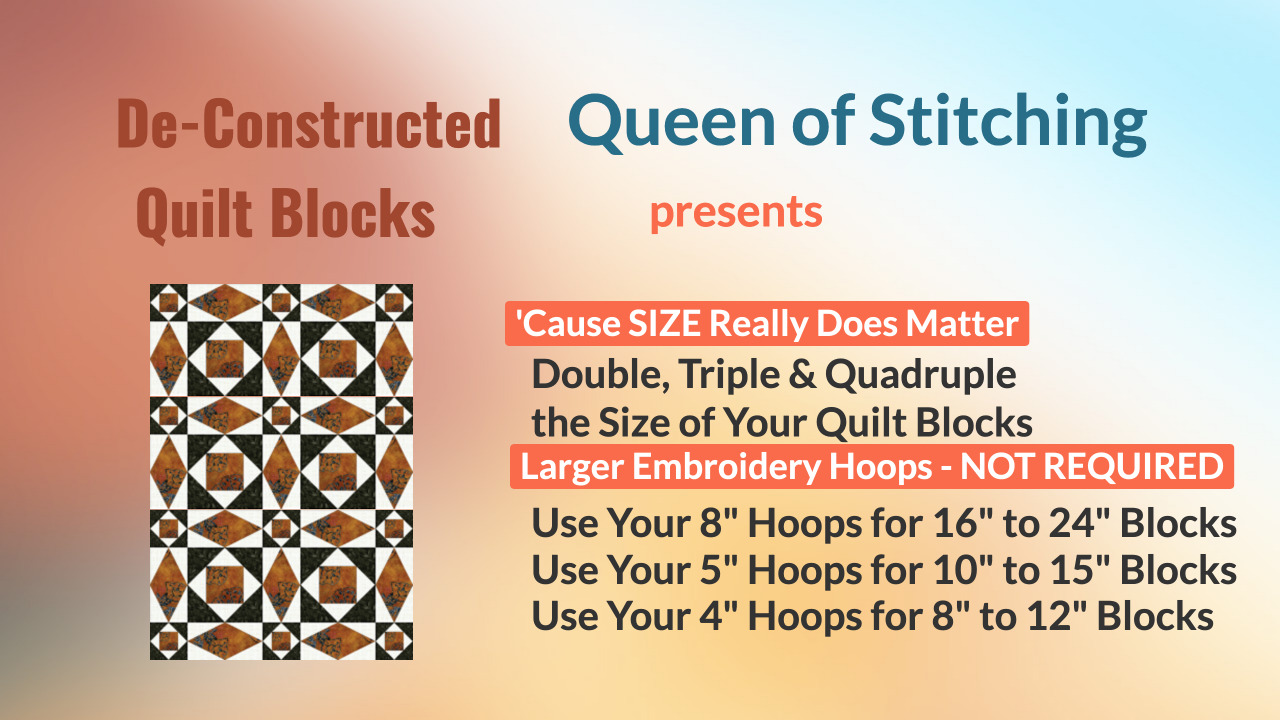

presents
De-Constructed
Quilt Blocks
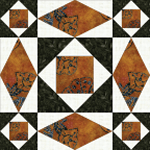

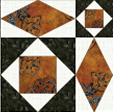


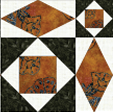
'Cause SIZE Really Does Matter
Double, Triple & Quadruple
the Size of Your Quilt Blocks
Larger Embroidery Hoops - NOT REQUIRED
Use Your 8" Hoops for 16" to 24" Blocks
Use Your 5" Hoops for 10" to 15" Blocks
Use Your 4" Hoops for 8" to 12" Blocks
Queen of Stitching

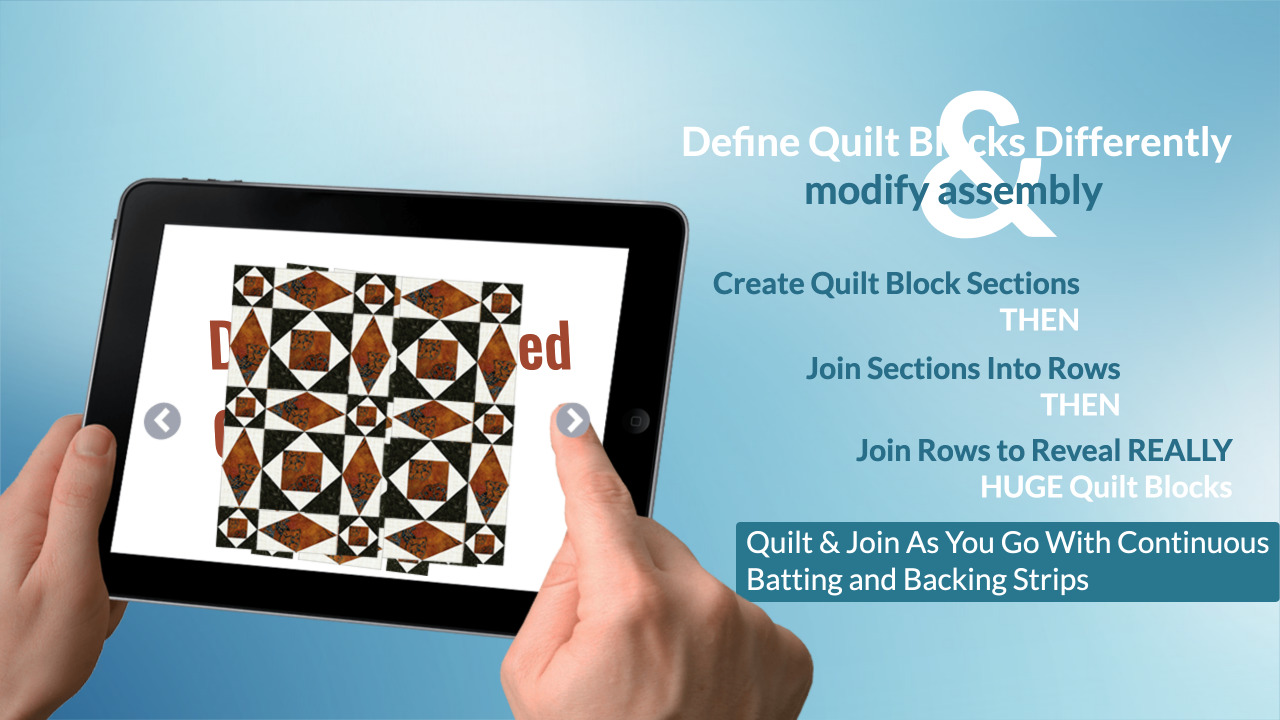
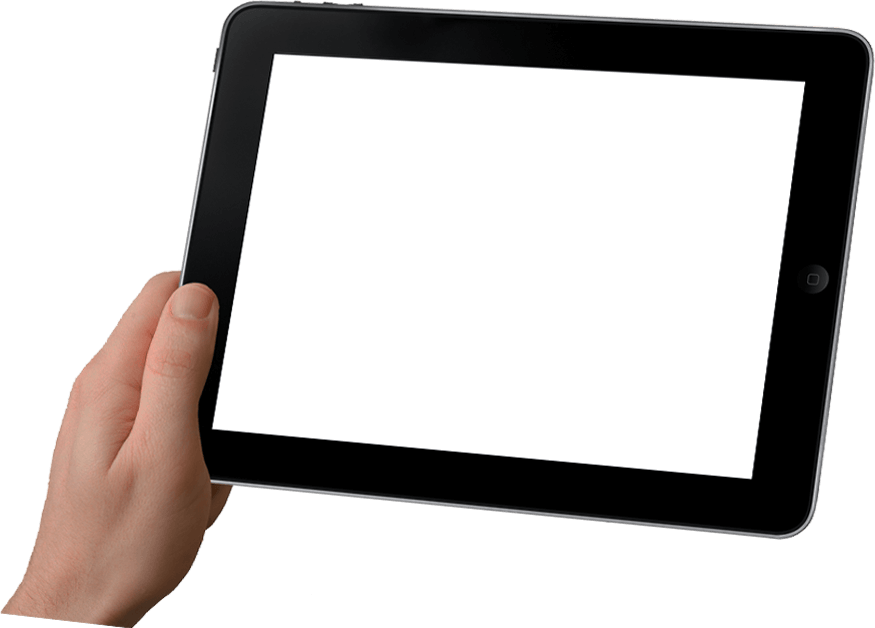
De-Constructed
Quilt Blocks
Define Quilt Blocks Differently
&
modify assembly
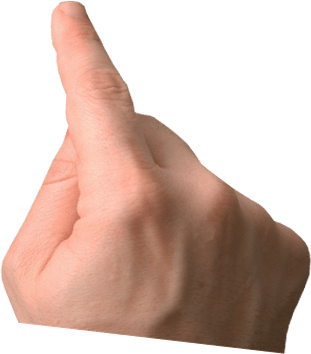
Create Quilt Block Sections
THEN
Join Sections Into Rows
THEN
Join Rows to Reveal REALLY
HUGE Quilt Blocks
Quilt & Join As You Go With Continuous
Batting and Backing Strips
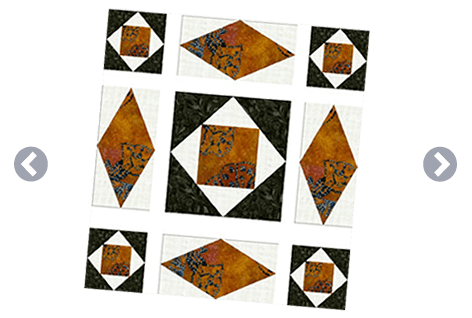

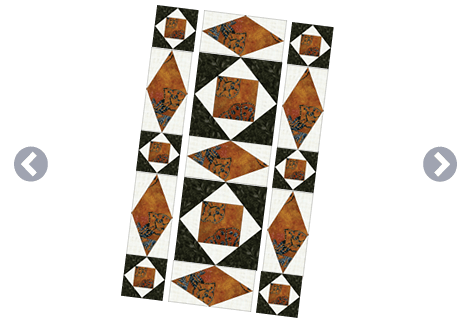

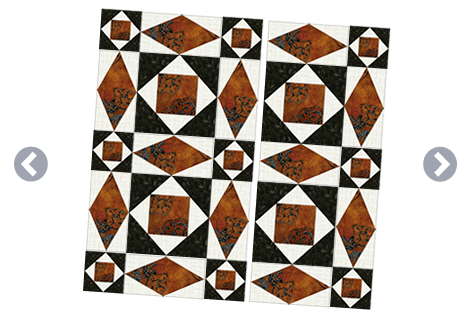

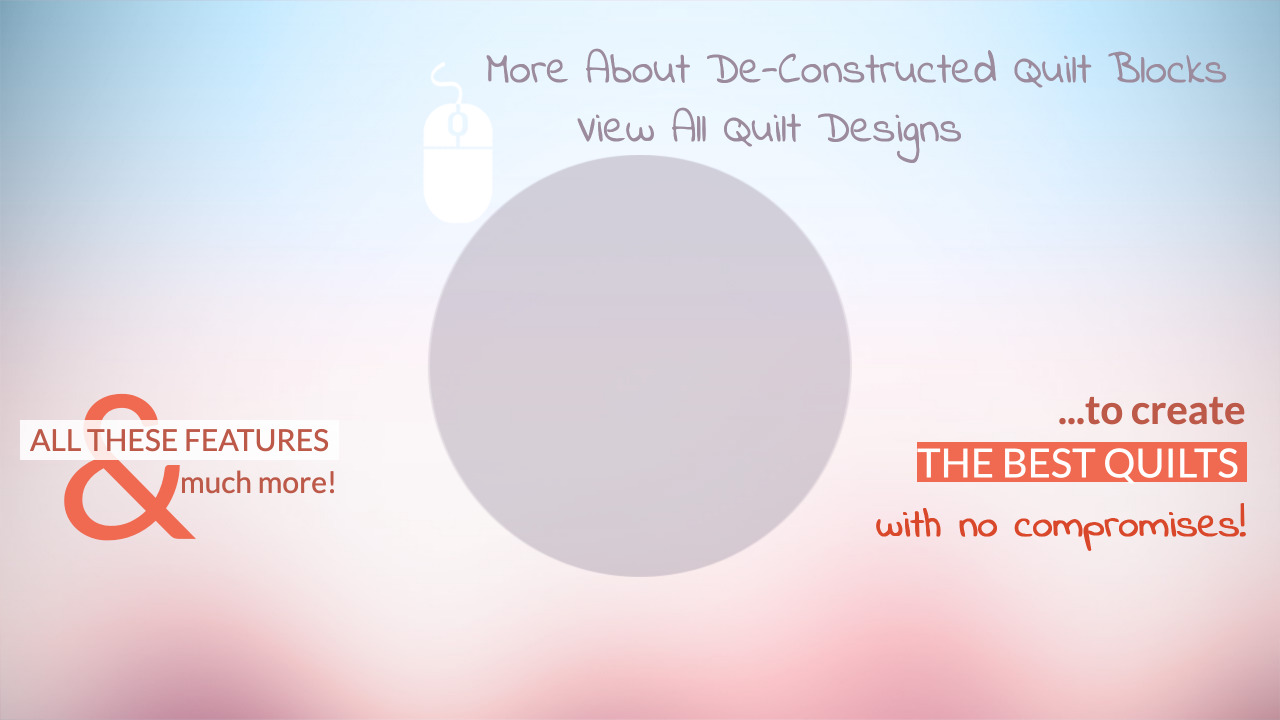


&
ALL THESE FEATURES
much more!
...to create
THE BEST QUILTS
with no compromises!
View All Quilt Designs

More About De-Constructed Quilt Blocks
Deconstructed Quilt Blocks … ‘Cause Size Does Matter!
![]()
verb
past tense: deconstructed;
The act of reducing (something) to it’s constituent parts in order to reinterpret it.
Quilt block size limitation has been a challenge for quilters choosing to use the precision
of their embroidery machines to make quilt blocks. Compatibility with common
embroidery hoop sizes required that our blocks finish at 4, 5 or 8 inches.
A brief introduction to Deconstructed Quilt Blocks is presented at the beginning in our “Join As You Go” video.
Pictorial Explanation of De-Constructed Quilt Blocks is Provided Below
and Followed by a Video and Written Explanation.
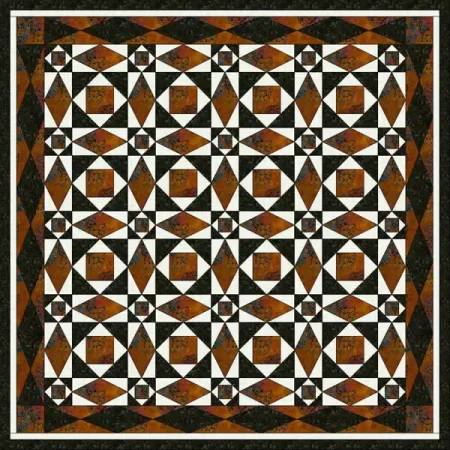
Final Result – Storm at Sea Assembled as a Quilt
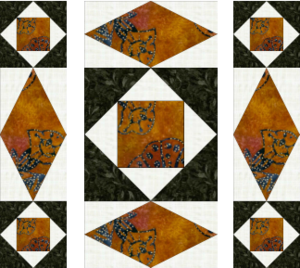
Component Sections of Each Quilt Block
1 Large Square in Square (center)
4 Small Square in a Squares (corners)
4 Diamond in a Rectangles (2 horizontal and 2 vertical)
Note: Storm at Sea top, bottom and side sections are shared with neighboring blocks. This will
not be the case with all De-Constructed Quilt Blocks.
Multiple Component Block Sections
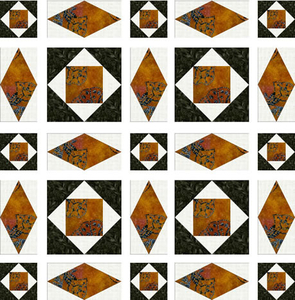
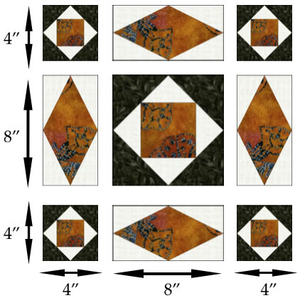
De-Constructing quilt blocks and making each component block section as a single hooping allows us to make component sections of the block as large as our largest hoops.
Comparison: Our original Storm at Sea was developed for the largest common sized hoop and finished as an 8″ block. Our new De-Constructed quilt block rule set allows us to complete the Large Square in a Square (center) as an 8″ section.
De-Constructing the quilt block and increasing the largest section of the block to 8″ increases the assembled size of the block to 16″.
The smaller Squares in a Square and the Diamonds in a Rectangle are 1/2 as wide as the large Square in a Square used as the center.
Note: Queen of Stitching designs include multiple sizes as we realize sixteen inch quilt blocks are not always desired.
Joining Quilt Block Sections
Columns/Rows are made by joining multiple quilt block sections using our “Joining Quilt Blocks With Continuous Batting and Backing Strips method.

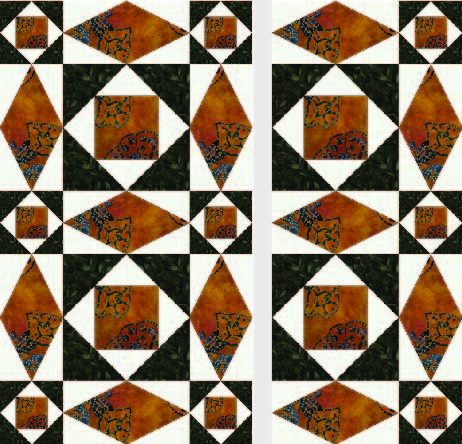
Joining Columns or Rows
Columns or rows are joined together using our “Join As You Go
With Continuous Batting and Batting Process” to complete the design.
What Made Us Think About De-Constructing Quilt Blocks?
The answer is simple – We changed our perspective – or how we look at and interpret quilt blocks.
Background:
Experienced quilters know that for a very long time – square quilt blocks have been categorized using a grid system. Examples are Four Patch, Nine Patch, Unequal Nine Patch with Large Center Squares, etc.
As developers we maintained block integrity as previously defined. When making a Four Patch block design (two horizontal patches and two vertical patches) for our 200mm hoops – each of the patches had a size limitation of 400mm by 400mm giving us a finished block size of just under 8 inches.
And Then…
We realized if we De-Constructed quilt blocks – based on existing grid theory, we could make each grid section of the quilt block as large as our largest hoop.
Interpreting quilt blocks with our new De-Constructed rule set allows us to double, triple or quadruple the size of our quilt blocks without using larger hoops.
How Are These Larger Deconstructed Block Sections Assembled into Quilt Blocks?
Deconstructed quilt block sections (left side, right side, center, etc.) are assembled either in horizontal rows or vertical columns and work brilliantly with Queen of Stitching’s method for joining quilt blocks in the hoop with continuous batting and backing strips. Once the rows or columns are joined together – all of the quilt blocks become fully visible or recognizable.
Can All Quilt Blocks Be Enlarged Using the Deconstructed Rule Set?
At this point we believe not. However, most blocks that are considered multi-patch blocks for the grid system should be enlargeable using our deconstructed rule set.
